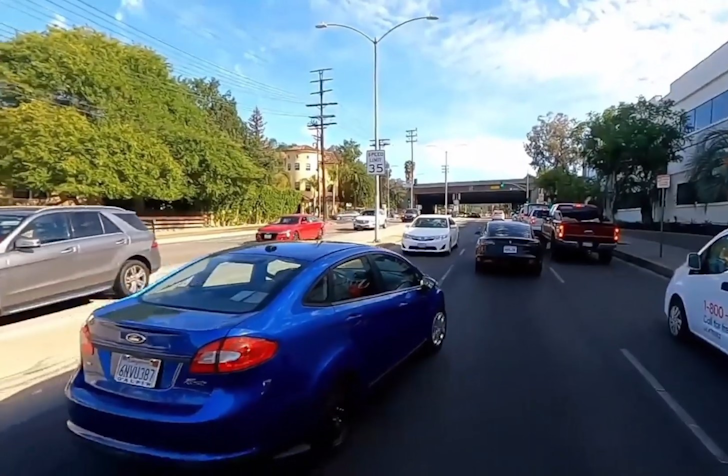
Oncoming (Road)
? Questions:

Wrong Direction
Wrong Lane
Blowout
Bump
Impact
Oblivious
Overtaking
Swerving
? Does oncoming traffic have to stop for a school bus?
General Rules for Stopping for a School Bus
Most Jurisdictions : On two-lane roads, both directions of traffic must stop when a school bus is stopped with its stop sign extended and lights flashing. This applies to vehicles approaching the bus from both directions.
Most Jurisdictions : On multi-lane roads without a physical median or barrier, all lanes of traffic in both directions must stop for a stopped school bus.
Most Jurisdictions : On divided highways with a physical median or barrier, only the traffic following the school bus must stop. Traffic traveling in the opposite direction on the other side of the median does not need to stop.
Specific Examples by Country and State
Two-Lane Roads : Both directions must stop. Multi-Lane Roads without Median : Both directions must stop. Divided Highways : Only traffic following the bus must stop.
Varies by Province : Generally similar to the U.S., but specific rules can vary.
Common Exceptions
School Zones : In some areas, additional rules may apply in school zones, often with reduced speed limits and heightened awareness requirements. Local Variations : Some jurisdictions may have specific regulations that differ slightly, so it's important to be familiar with the local laws.
Safety Tips
Be Vigilant : Always be on the lookout for school buses, especially during the start and end of the school day. Follow Signals : Pay attention to the bus’s flashing lights and extended stop sign. Yellow flashing lights typically indicate the bus is preparing to stop, while red flashing lights and the extended stop sign indicate that children are boarding or disembarking. Children’s Safety : Be aware that children may be crossing the road, and they may not always be aware of traffic.
Conclusion
? D oes
oncoming traffic have to stop for an ambulance ?
General Guidelines for Interacting with Emergency Vehicles
Pull Over Safely : When you hear or see an ambulance approaching from any direction, safely pull over to the right side of the road and stop. This allows the ambulance to pass quickly and safely.
Clear the Intersection : If you are at an intersection and an ambulance is approaching, proceed through the intersection if you can do so safely without blocking the ambulance’s path.
Check Local Regulations : Laws may vary by jurisdiction, so it's important to know the specific rules in your area regarding yielding to emergency vehicles.
Specific Rules for Oncoming Traffic
Traffic Movement : Generally, oncoming traffic should move to the right and allow the ambulance to pass. However, they are not required to come to a complete stop unless directed to do so by local law enforcement or traffic signals.
Safety Considerations
Visibility : Be aware of your surroundings and check all mirrors and blind spots before pulling over. Stay Alert : Keep an eye out for other emergency vehicles that may be following the first one. Avoid Sudden Moves : Signal your intentions clearly and move gradually to the side of the road to avoid causing further hazards.
Legal Consequences
Enforcement : Failure to yield to an emergency vehicle can result in fines or penalties, depending on local traffic laws. Safety First : Always prioritize safety for yourself, other drivers, and emergency responders when encountering emergency vehicles on the road.
Conclusion
? D oes oncoming traffic have to stop for a funeral procession ?
Understanding Funeral Processions
Lead Vehicle : Typically, a funeral procession is led by a lead vehicle with flashing lights or a flag, followed by family and friends' vehicles. Obey Traffic Laws : Funeral processions must obey all traffic signals and signs unless escorted by police with specific traffic control authority.
Courtesy and Respect : It is customary for drivers encountering a funeral procession to show respect and courtesy by yielding the right of way or allowing the procession to proceed uninterrupted.
Legal Considerations
No Legal Obligation : Oncoming traffic is not legally required to stop or yield to a funeral procession. Traffic Laws Apply : Drivers in the procession must follow all traffic laws, and oncoming traffic should continue to operate under normal traffic rules.
Practical Tips
Awareness : Be aware of funeral procession signs or indicators, such as lead vehicles with flashing lights or flags. Safety First : Maintain a safe distance from the procession and avoid sudden maneuvers that could disrupt the flow of traffic or endanger others. Respect : It's customary to show respect and empathy toward those participating in the funeral procession by allowing them to proceed without unnecessary interruption.